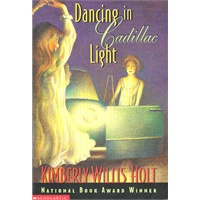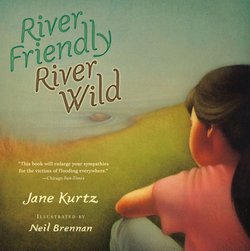Reading Log
I.
Non-fiction/Informational (1 reflection required
on blog)
1.)
The Colors of Us by Karen Katz
2.)
My Mom’s Having a Baby by Dori
Butler
3.)
It’s Not the Stork by Robie Harris
4.)
The Tarantula Scientist by Sy
Montgomery
II.
Poetry (1 reflection required on blog)
1.)
Who Killed Mr. Chippendale? By Mel
Glenn (required for discussion)
2.)
Hush Little Baby by Brian Pickney
3.)
River Friendly, River Wild by Jane
Kurtz
4.)
Blues Journey by Walter Myers
5.)
Frankenstein Makes a Sandwich by
Adam Rex
III.
Modern Fantasy (1 reflection required on blog)
1.)
A Wrinkle in Time by Madeline
L’Engle (required for discussion)
2.)
Pancakes for Supper by Anne Isaacs
3.)
James and the Giant Peach by Roald
Dahl
4.)
The Doll People by Ann Martin
5.)
Babe The Gallant Pig by Dick
King-Smith
IV.
Historical Fiction (1 reflection required on
blog)
1.)
Moon Over Manifest by Clare
Vanderpool (required for discussion)
2.)
Dancing in Cadillac Light by
Kimberly Holt
3.)
The Firekeeper’s Son by Linda Sue Park
4.)
Abe’s Honest Words by Doreen
Rappaport
5.)
Freedom Riders by Ann Bausum
V.
Multicultural/Traditional (2 reflections
required on blog)
1.)
The Tequila Worm by Viola Canales
2.)
Rumpelstiltskin by Paul Zelinsky
3.)
Henny Penny by Jane Wattenberg
4.)
Johnny Appleseed by Steven Kellogg
5.)
The Golden Mare, the Firebird, and the Magic
Ring by Ruth Sanderson
VI.
Realistic Fiction (1 reflection required on
blog)
1.)
Bucking the Sarge by Christopher
Paul Curtis (required for discussion)
2.)
Clementine by Sara Pennypacker
3.)
Pictures of Hollis Woods by Patricia
Reilly Giff
4.)
The Hello, Goodbye Window by Norton
Juster
5.)
Gooney Bird Greene by Lois Lowry
VII.
Picture Books (6 reflections required on blog)
1.)
Seven Blind Mice by Ed Young (required for discussion)
2.)
Hooway for Wodney Wat by Helen
Lester
3.)
Three Cheers for Catherine the Great!
By Cari Best
4.)
Knots on a Counting Rope by Bill
Martin, Jr.
5.)
A Bad Case of Stripes by David
Shannon
6.)
Diary of a Fly by Doreen Cronin
7.)
Cowboy and Octopus by Jon Scienszka
Wiki Checklist
__X__ Social Studies
____ Science
____ Math
__X__ Music
__X__ Art
__X__ Reading/Language Arts
____ Physical Education
____ Other



